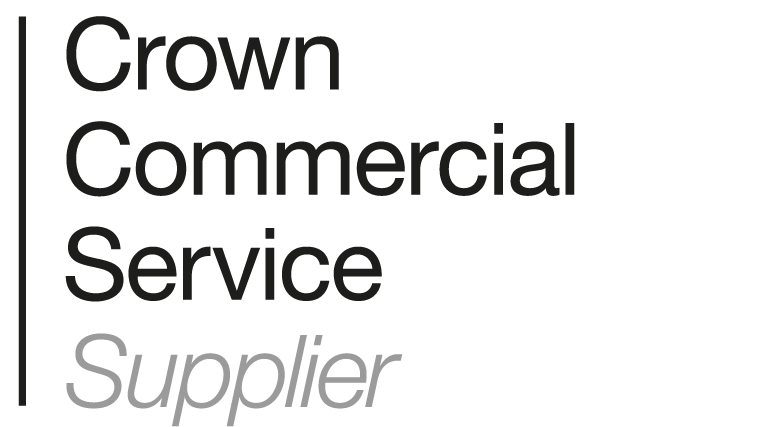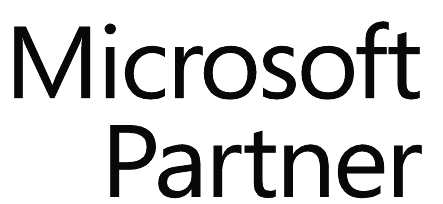Evolving Compliance Regulations
Ethical conduct has become a high priority in financial services. Following a series of high profile scandals ranging from the mis-selling of PPI to the 2008 global banking crisis. Authorities the world over have demanded greater transparency and greater accountability in the industry to curb the worst excesses.
In Europe, recently introduced regulations like MiFID II and GDPR have created obligations on banks, insurance companies, accountancy firms, financial advisers and others to beef up their internal reporting and monitoring mechanisms so they can demonstrate compliance with statutory standards. More generally, bodies like the UK’s FCA have pursued policies of reducing conduct risk, demanding that organisations under their remit proactively pursue better, fairer outcomes for customers.
In practice, this has put the onus on how service providers monitor and manage behaviours across their own organisations. The first challenge of the conduct risk agenda is that businesses must have complete visibility on quality assurance (QA) and service level metrics, for both front and back office, and must be able to streamline and coordinate oversight to ensure compliance.
Faced with these shifting operational priorities, it is no surprise that companies are turning to technology to provide a solution. What some businesses may not realise is that back office workforce optimisation platforms like OPX – designed to integrate and automate back and front office operations to boost efficiency – are also perfect for achieving 360 degree visibility on service, quality and governance, therefore providing the foundations for conduct risk compliance.
Related Content [Whitepaper]
Lessons of a Successful Back-Office Implementation
The challenges of conduct risk compliance
The FCA‘s conduct risk agenda is driven by a desire to make financial markets and services work in the best interests of the customer. It places an expectation on companies to move away from a profits-over-ethics culture and to commit themselves to full compliance with the spirit of regulations, rather than just adopting a tick-box, by-the-letter approach.
To this end, the FCA sets out five questions which it expects businesses to be able to answer formerly with evidence in order to demonstrate compliance:
5 Questions the FCA expect businesses to answer to demonstrate compliance
- What proactive steps does the organisation take to identify conduct risks in its business?
- How does the firm encourage people in front, middle, back office, control and support functions to feel responsible for managing conduct?
- What support does the firm put in place to help its people improve the conduct of their business or function?
- How does the firm’s board and executive committee get oversight of conduct in the organisation? And how do people bring it in to their discussions?
- Has the organisation looked at where there are any business activities it is engaged in that undermine its work to improve conduct?
How can organisations address the FCA’s requirements?
For many financial services providers, addressing these five areas requires both cultural and operational change. In 2016, Ernst & Young undertook a study of attitudes to conduct risk across the sector in order to gauge where firms felt they needed to change and what they saw as the main challenges. Two of these key areas were monitoring and changing culture, and product design and governance.
On the issue of monitoring and changing culture, the study found sticking points included the ability to articulate and evidence current behaviours, aligning change activities so they were consistent and effective, and putting infrastructures in place that would allow senior leaders to effectively monitor activity throughout an organisation and therefore be able to take full responsibility.
On product design and governance, the report highlighted that many providers did not have effective risk profiling protocols in place, that there was widespread failure to monitor who bought which products and therefore trace performance ‘in the wild’, that complaint procedures were not supplying information that could be used to identify product failings and that there was little or no disclosure about product performance.
Across both of these areas, there is a general theme of deficiencies in data, monitoring and reporting. Firms struggle to take proactive steps to identify risks in behaviour or products because there is no joined-up approach to monitoring quality assurance (QA) and service level metrics, nor are their protocols in place to channel relevant data up the chain of command. Product performance is not monitored after point of sale, customer feedback is not used effectively, there is no coordinated oversight across front and back office, control and support.
All in all, these findings from EY underline how having effective data and intelligence procedures in place represents a significant barrier to firms being able to answer any of the FCA’s five questions positively.
How can Back-Office Workforce Optimisation help?
Workforce Optimisation (WFO) software takes a data-led approach to streamlining operations and achieving greater efficiency. Long used in front end operations like contact centres, Back-Office Workforce Optimisation (WFO) platforms link sophisticated real-time monitoring capabilities to functions like work allocation and robotic process automation (RPA).
The result is that agent availability increases and decreases with the ebb and flow of demand, the right people get the right tasks at the right time and basic repetitive tasks become automated, freeing up human resources for more complicated, valuable work.
The purpose of Back-Office Workforce Optimisation solution – OPX – is to extend these capabilities to the back-office, allowing all operations to enjoy the benefits of greater efficiency and integration. A modular, highly flexible solution, the way OPX controls and monitors workflows through all parts of an organisation also means it integrates data streams from many disparate points, bringing critical information together into a single shared dashboard. This in turn makes it an ideal solution to help financial services organisations overcome those barriers to mitigating conduct risk.
To find out more about Back-Office technology and how it helps productivity, check out our article:
How To Measure Productivity In The Back-Office
Breaking it down into specific capabilities, the OPX Back-Office Workforce Optimisation Conduct Risk module can:
- Manage QA metrics from across an organisation in areas ranging from call quality and resolution SLAs to complaints and data protection.
- Process data from more than 60 performance categories and present them on a dashboard under simple-to-grasp headings:
- Customer claims are settled in a fair, timely and efficient manner
- Customer complaints are resolved in line with Conduct Risk principles
- Customer’s personal information is secure
- Quality is of an acceptable standard.
- Provide equally intuitive access and visibility to data on key risks, e.g. assurance, training and competence, change management.
- Present performance data in visual form for current and historical reporting.
Related Content [Whitepaper]
4 Reasons Why You Need Back-Office Technology
Overall, the OPX Conduct Risk module provides clear, actionable intelligence on all areas related to service quality. Given the FCA’s stated aim to drive a regulatory agenda that promotes positive outcomes for customers and the financial markets through cultural compliance, OPX provides an invaluable tool. The first task in bringing behaviour and performance into line with established standards, and then keeping them at those levels, is insight into what is happening across an organisation.
OPX draws data from multiple touchpoints to provide a rich real-time illustration of behaviour and performance that provides the foundations for compliance.\
For more information on how Back-Office Technology, or for a quote –
Get in touch with the BSL team















